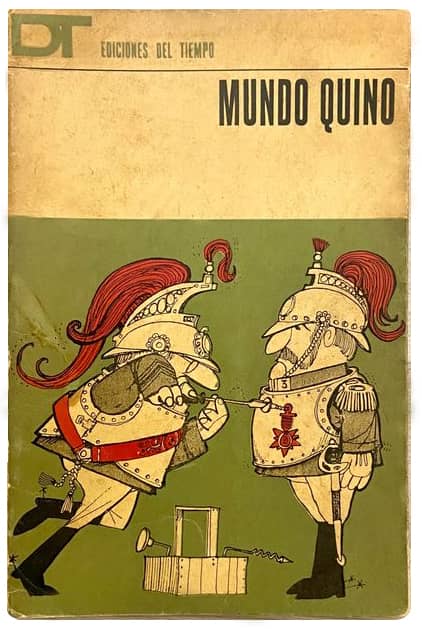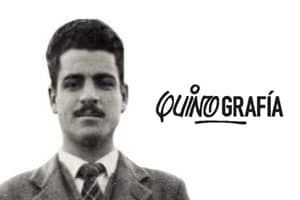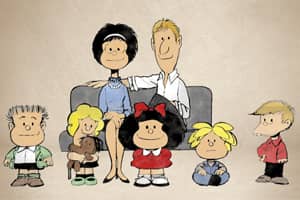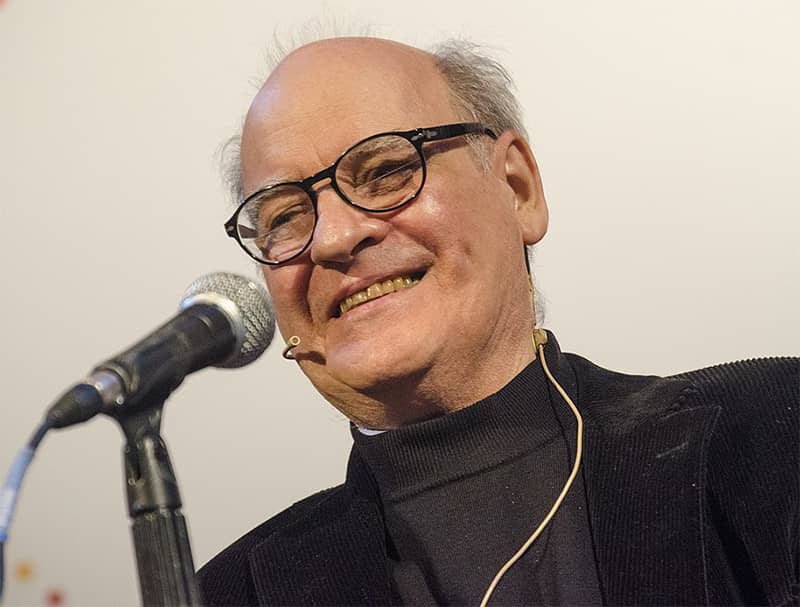
These biographies are written using only references taken from interviews and information published by the authors themselves on their official pages or channels. The links consulted for their elaboration are added at the bottom. If you find any errors, you can report them here.
Tabla de contenidos
Next month it will be two years since Quino's disappearance, so I've decided to inaugurate this new biographies section of cartoonists with his.
Quino was born on 17 July 1932 (although the records show 17 August) in the Andean city of Mendoza (Argentina).
Andalusian roots
Of Spanish descent, his parents, Cesáreo Lavado and Antonia Tejón were from Malaga, from the Boliches neighbourhood in Fuengirola.
The author confessed in 1977 that he had "a roots problem" as he never felt very Latin American either"because my parents were Andalusian and at home they spoke Andalusian".
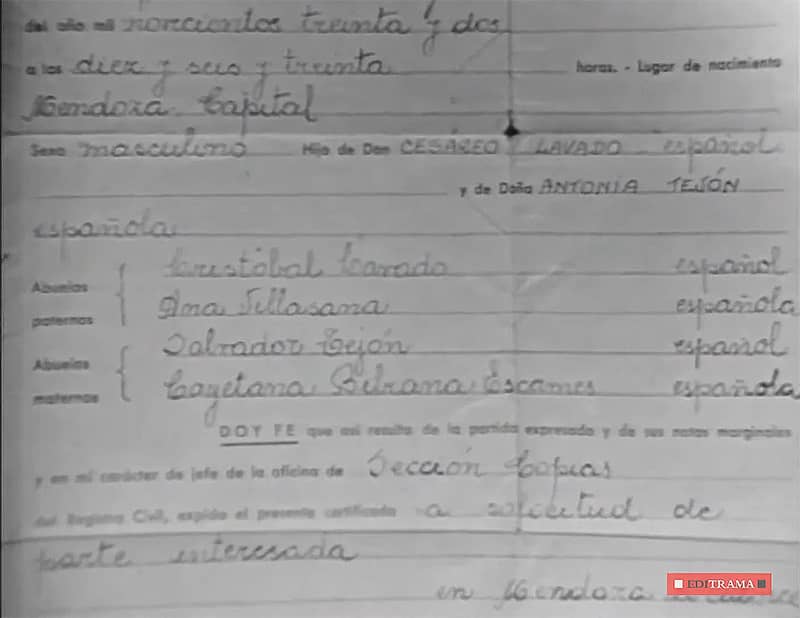
Quino, as an adult, returned to Fuengirola with the memory of a small fishing village, as he recounted in an interview on RTVE in 1976
"I found that it was, I don't know, skyscrapers and everything written in Swedish and Dutch and it was quite a disappointment" (...) "Besides, all my uncles and aunts live in Argentina and are also from there, from Fuengirola and they were very excited to know how it was there and when I told them about it... " (...) "The only thing that remained the same is... my mother always told me that there is a castle there on a little hill and that she played there as a child, so what I did was to take some pebbles out of the ground and take them to my uncles and aunts, who were very excited of course".
Accidental vocation
The youngest of three brothers, the eldest an accountant and the other a lawyer, from childhood he was nicknamed Quino to distinguish him from his uncle Joaquín.
His vocation for drawing was born accidentally. When Quino's parents went to the cinema, they left Quino and his siblings in the care of their uncle Joaquín Tejón, who was an advertising illustrator. Uncle Joaquín entertained the three brothers by drawing cartoons and monkeys.
Quino said that it was an experience he never forgot and that it made him discover a wonderful world that he never left. The author remembers that when he was 4 years old he started to make his first drawings with a blue pencil.

Orphaned at fifteen
Quino lost his parents very early on. His mother died when the cartoonist was thirteen and two years later his father died, so at the age of fifteen he was left in the care of his brothers, who always supported his decision to become a cartoonist.
In 1945, at the age of thirteen, he entered the School of Fine Arts, where he only stayed for two years (although the dates in his official biography and what he stated in interviews do not coincide) according to Quino because "... "Drawing vases with a rag behind them, a guitar... it was very boring, although I had a Yugoslavian teacher who was very excellent and had a great sense of humour, and he also told me to dedicate myself a bit to this".
Trying my luck in Buenos Aires
At the age of 18, he went to Buenos Aires, where all the weekly magazines and the big humour publications were located, to try his luck in the not at all easy profession of humour. The experience was discouraging because, as he himself would confess "..."i was a very bad drawer and I went with some horrendous drawings that nobody would accept today".
He met with the cartoonists he most admired at the time and they told him that the ideas were quite good, but that he had to improve his drawing, that he lacked a lot and that he had to be patient. Quino kept on practising.
Military service
The cartoonist who turned the soup into a metaphor for militarism and political imposition returned to Mendoza to do his compulsory military service, during which time he never picked up a pencil again
Quino recounted in his last interview for the looking for Quino" documentary from 2020 (recorded at the end of 2018) that another of his recurring dreams is that he is called up again for military service. And that when he tells the commanding officer that he has already done his service, the latter replies: "Yes, but you have to do it again... I had a very bad time"he recalled.
To his surprise, after this military period of absolute artistic inactivity, he now draws in a way that has nothing to do with his previous style.
Back to Buenos Aires
He tried again, but this time instead of returning to Buenos Aires he started to send his work by post because it was much cheaper.
Shortly afterwards, the cartoonist Divitoquino, whom Quino liked very much, encouraged him to return to Buenos Aires, assuring him that with a little more practice he could find work. However, this was not to be. Quino spent another six bad months in Buenos Aires living in boarding houses and sharing a room, although he continued to receive help and protection from his brothers.
30 pesos
At a time when paper was scarce and magazines were not hiring new people, he began to collaborate in "Esto es", a general current affairs magazine with no relation to humour. He was paid 30 pesos for each of those first drawings in 1954.
The author continued to combine his collaborations in different publications with some advertising commissions
Alicia Colombo
In 1960 he married Alicia Colombo. Quino was then 27 and Alicia 28
"Alicia had a doctorate in Chemistry and worked at the National Atomic Energy Commission, but at the end of the 1960s she left everything to devote herself to the care and dissemination of her husband's work. Thanks to her, Quino had his well-deserved international projection: he published almost 2000 Mafalda strips that were read in 43 countries, and translated and published in 23 languages, including Japanese, Greek, Indonesian, Armenian, Hebrew and Chinese.
Alicia was her representative until, in 2003, she gave way to her niece, Julieta Colombo
"- (Source).
The couple decided not to have children because, as Quino said on several occasions, and was published in an interview in El País in 1990: "..."It sucks to bring someone here without having asked them".
Alicia Colombo died in September 2017.
Censorship
On the subject of censorship, Quino assured that he never suffered it with Mafalda, but he did with some other humour pages.
"Not with Mafalda, but with the humour pages, yes. When I arrived in Buenos Aires in 1954 with my little book, I found out what it was like: no jokes about religion, no sex, no military jokes, no jokes against the family (which I'm not sure what that means). There was no censorship body, but the editorial secretary would say "No, we'd better keep this to ourselves". It was a kind of self-censorship, but you knew it came from above".
The birth of Mafalda
According to Quino's official website, in 1963, Mafalda, his most popular character, was born and also the most manipulatedmafalda was born in 1963, with the aim of advertising the launch of a brand of household appliances called "Mansfield", a sub-brand of the company Siam Di Tella
Quino told the anecdote about the origin of Mafalda on many occasions. It is said that the Agens Publicidad agency commissioned Miguel Brascó to do the job, but the cartoonist turned it down because he had other commitments and recommended Quino. It was a cartoon with a family. It had to be what was then called "a typical family", a married couple with two children. The idea was that this family would use electrical appliances and that it would be more or less obvious that they were the brand's appliances. That is to say, covert advertising
The idea failed because the newspapers said that this was advertising and had to be paid for, so the comic remained in a drawer for two years, although Quino kept 12 strips from that series
One day, a journalist friend, Julián Delgado, who worked in a magazine asked him if he had something different and Quino sent him the cartoons of those characters that would end up being published on 29 September 1964 in the weekly Primera Plana and so they began to become popular.
That same year, a publisher who saw how well received Mafalda was by readers suggested that he publish a book of graphic humour, 5000 copies were made and sold out in two days
The book was called "Mundo Quino" and was a compilation of drawings published in different magazines with a prologue by the writer, cartoonist and humorist Miguel Brascó.
About this book, Quino said he had two very different memories. "One the joy of the first book and the other the frustration that it was a group of people who got together to publish a series of books, it went very badly, they were ruined, they never got paid for anything, but well, I didn't care. The nice thing was to have the first book".
In 1965 Quino began to publish Mafalda in the newspaper El Mundo. His characters grew in popularity in Argentina and began to be published in South America, and then moved to Italy and later to the rest of Europe. In 1970, the first Mafalda books arrived in Spain.
Farewell to Mafalda
On 25 June 1973, Quino stopped drawing Mafalda as a series, although it would continue to be reprinted while he continued with his weekly publications of humour pages.
To stop drawing Mafalda was a decision caused to a large extent by the exhaustion of the character and the author "i had the feeling that I was beginning to repeat myself and that seemed dishonest to me. Ididn't want my comic strip to be like those that are already 40 years old and you read them out of habit and you already know how they're going to end. I don't like that", he confessed when asked about this question.
Quino, a reserved and always modest character, confessed not a few times that he got fed up with drawing Mafalda. Having a character is a slavery and other cartoonists who worked with a character advised him not to have one. "It also ruins the drawing because the fact of always drawing to a certain extent, always the same characters, limits a lot"."I feel much more comfortable doing another type of humour, free like this." And it shows, his full-page satirical illustrations are very good.
At his website you can read his usual answer to the recurring question of why he had decided to stop drawing the Mafalda series of strips.
"I was tired of always doing the same thing. The decision even went through conjugal areas, because my wife was fed up with not knowing if we could go to the cinema, invite people for dinner or whatever, because I was up until 10 o'clock at night with the strips
Besides, it was very difficult for me not to repeat myself and I realised that when I couldn't think of anything, I would immediately turn to Manolito or Susanita, who were the easiest. Besides, there was a guy who was the teacher of the cartoonists of my generation, Oski,(Oscar Conti) and he used to tell us never to get involved with a fixed character and if we did get involved, we should take a strip and cover the last square with our hand. If the reader guesses how it's going to end, that's when you have to stop doing it
I thought it was a good moment and I didn't imagine that twenty-something years later it would still be valid".
Recurring fear
Quino, a self-confessed pessimist, also admitted several times that he suffered from one of the recurring fears of almost every creator: running out of ideas.
"I'm always afraid, after having done these drawings for so many years, that one day nothing will occur to me any more, and it happens to me very often that I spend a week without coming up with anything... bah, I think of things, but they are not funny or they are funny but I don't like them. And I get very upset because I think I'm finished, I don't know, I'm very tragic".
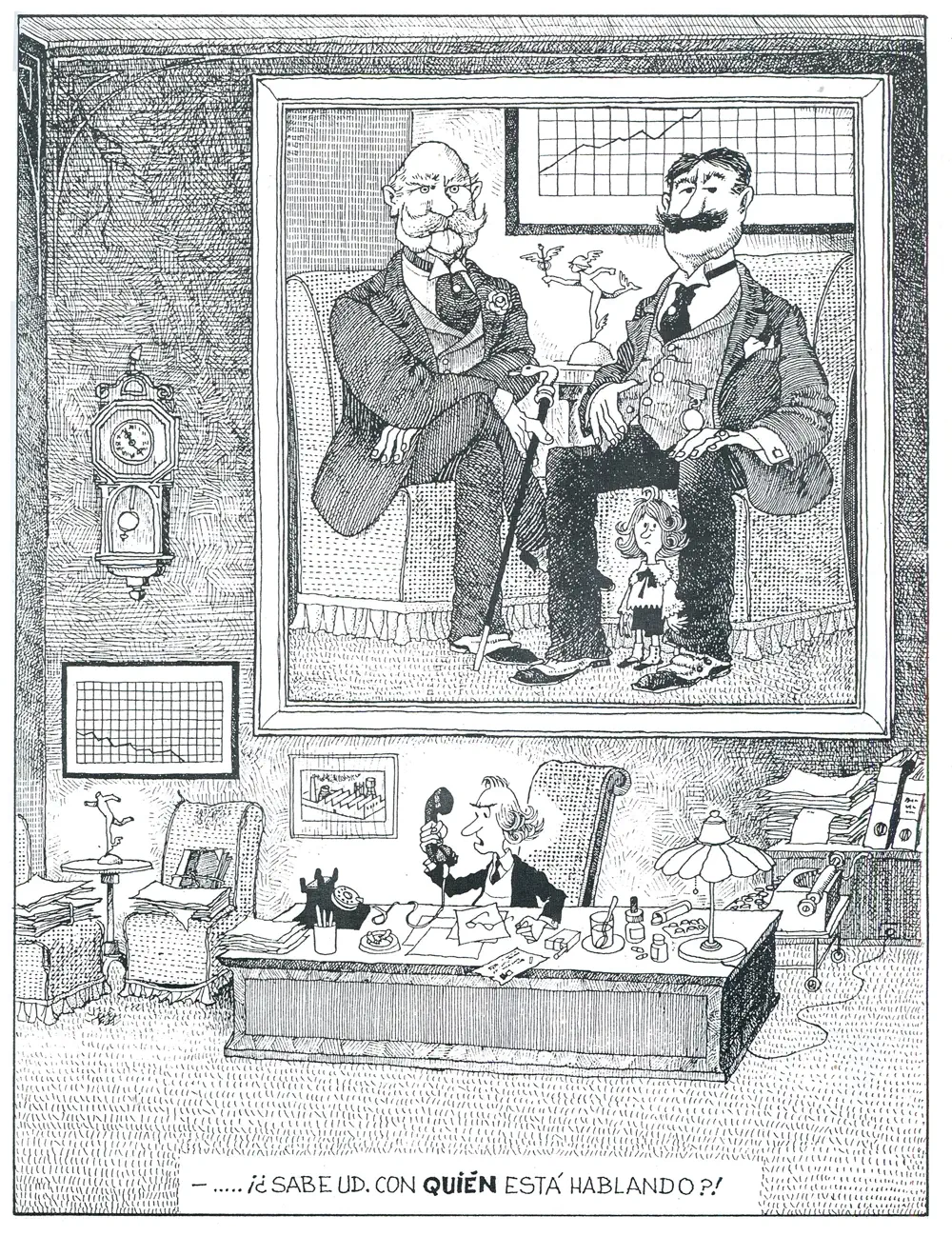
Exile and return
After the coup d'état in Argentina in 1976, Quino and Alicia Colombo went into exile in Milan (Italy) where the office that managed the rights to their work for the whole of Europe was established, and they would not return to the country until the return of democracy in 1983.
On his return, tributes, tributes, the major exhibitions, awards y academic distinctionswhile his books continued to sell by the thousands in different countries.
In 1990 he obtained Spanish nationality, which he had already applied for unsuccessfully in 1977, alternating his residence between Madrid and Buenos Aires.
Quino died on 30 September 2020 in Mendoza at the age of 88 of a stroke, one day after the fifty-sixth anniversary of the first publication of Mafalda. The cartoonist's guild, his readers, family and friends paid tribute to this universal and unrepeatable author.
Sources consulted:
- Official website quino's Mafalda.
- Channel youtube Quino and Mafalda Oficial.
- Official Mafalda Twitter.
- Documentary "Looking for Quino" (2020).
- Quino and Alicia Colombo, a love story.
- "A year without Quino" - Interview with Julieta Colombo on Canal de la Ciudad
- Interview (spanish) restored by EDITRAMA. Joaquín Soler Serrano in a very interesting talk with Quino on RTVE for the programme A Fondo broadcast on 7 November 1976.
